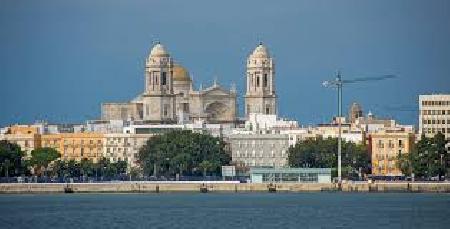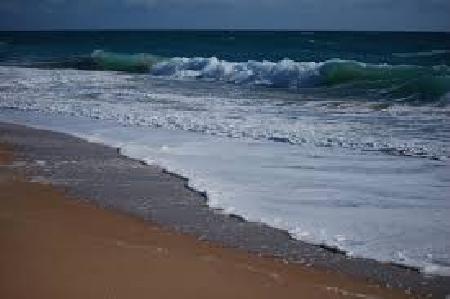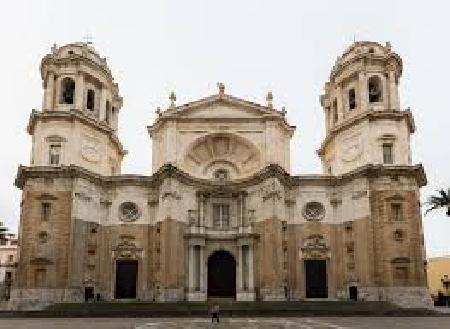 Cádiz is an old tourist center in the southwest of Spain. The city is located on a narrow strip of land that extends north of the Costa de la Luz, the shores of light. For thousands of years this area surrounded by the sea attracted Phoenicians, Greeks, Romans, Visigoths and Arabs. Even today, Cádiz, blown by the winds of the Atlantic, seems to be at the tip of the end of the world.
Cádiz is an old tourist center in the southwest of Spain. The city is located on a narrow strip of land that extends north of the Costa de la Luz, the shores of light. For thousands of years this area surrounded by the sea attracted Phoenicians, Greeks, Romans, Visigoths and Arabs. Even today, Cádiz, blown by the winds of the Atlantic, seems to be at the tip of the end of the world.
There are no major sights or monuments in Cádiz, but the narrow street network is reminiscent of the days of Arab rule, and the silhouettes of ocean liners in the port add a romantic vibe. In summer, as the winds calm down, it is the ideal time to visit the beautiful white sand beaches on the west coast of the peninsula.
Garvey House:
The Garvey house is located in the city of Jerez de la Frontera, on Calle Larga and is considered the heart of the city. Already at the beginning of the 17th century, beautiful buildings began to be erected on this street, which today are the objects of the city's cultural and historical heritage. One of them is Garvey's house. It is a residential building, famous for the fact that the city's first elevator was equipped there. This unusual house with a painted attic and an octagonal roof was designed by a Madrid architect, Luis Gutiérrez Soto. The building was built in 1940.
Arch of the Shepherdess:
The Arco de Pastora is one of the three famous arches in Spain that have survived since the Caliphate. It dates back to the 10th century and was built in the Arabic style. The arch is a symbol of the city of Medina Sidonia. It is made of horseshoe marble and two horseshoes serve as a base. It dates back to Finnish times. Scientists believe it used to be the entrance to the Temple of Hercules. Even with the naked eye you can see that the arch was erected after a long and meticulous preparation.
The arch was found to have been built during the Umayyad (Caliphate) era, which was founded in 661. Inside the arch a small niche has been preserved that served as an ancient altar. Remnants of antiquity, this landmark preserves the characteristics of the city and the people who used to live here.
The beaches of Cádiz:

La Caleta Beach is the smallest beach on the southern outskirts of the city, occupying the coast of the Bay of Cádiz. The beach is accessed through a hydrotherapy center with a roundabout, which is a good reference point for visitors. Playa Victoria beach, 3 km long, stretches along the Atlantic coast, although it is located far from the city. The beach has a vibrant nightlife with numerous nightclubs. There are no big waves, so the beach attracts tourists with children. There are buses that run along the coast, allowing easy access to the beach. Throughout the New City the wide sandy beaches of Cortadour and Santa María del Mar extend.
The Cathedral of Santa Cruz:

The Cathedral of the Holy Cross is the main temple of Cádiz, located in the center of the city. It is a relatively new structure, built in 1744 on the site of a burned cathedral. Currently the temple is considered one of the richest in Andalusia.
The building is notable for its combination of features of Classicism, Baroque and Rococo. This mix is due to the fact that during construction the architects constantly changed, and they all brought something new to the project.
The interior decoration of the attraction is rather neoclassical in style: tall Corinthian columns, a rather modestly decorated altar and large oval windows. On the altar is the image of the Immaculate Conception of the Virgin Mary, in which Francisco Villegas worked.
One of the most interesting parts of the Cathedral is the crypt, where many famous people from Spain are buried. Thus, the poet José María Peman and the composer Manuel Falla are buried here.
Tourists say the attraction surprised them with its unusual architecture and a large number of rooms that can be visited.
